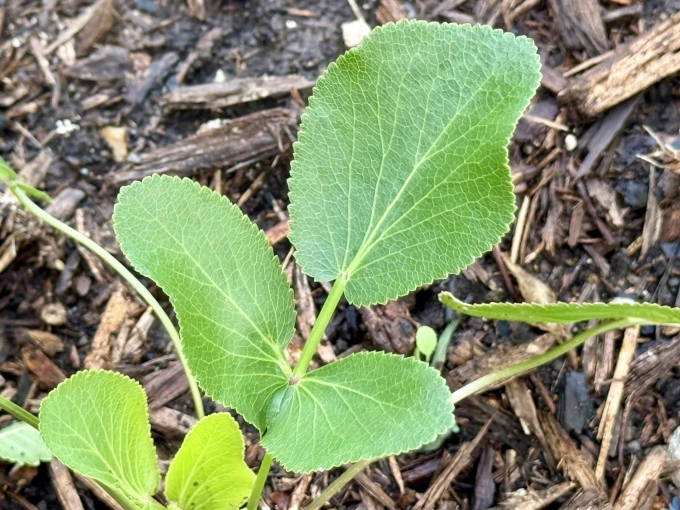Common Name: Heart-leaf Golden Alexanders
Family: Apiaceae
Plant Type: Herbaceous Perennial
Native Range: Central and eastern North America, including Nebraska
Hardiness Zones: 3–8
Height: 1.0–2.5 feet
Spread: 1.0–1.5 feet
Bloom Time: Late spring to early summer (May–June in Nebraska)
Bloom Description: Flat-topped clusters (umbels) of bright yellow flowers held above heart-shaped basal leaves
Sun Exposure: Full sun to part shade
Water Needs: Medium
Soil Preference: Moist, well-drained soils; tolerates clay, loam, or sandy soils
Management Level: Low
Suggested Use: Prairie plantings, pollinator gardens, borders, woodland edges, rain gardens
Attracts: Bees, butterflies, beneficial insects, specifically the host plant for the Black Swallowtail caterpillar
Tolerates: Periodic flooding, deer, clay soils
Notable Features: Early-season nectar source, attractive heart-shaped basal leaves, adaptable
Nebraska Growing Notes:
Zizia aptera is a native wildflower of prairies, savannas, and woodland edges, thriving in moist, sunny to partly shaded locations across Nebraska. It is more tolerant of shade and wetter soils than its close relative, Zizia aurea.
This plant is a valuable early-season nectar source for a variety of pollinators, blooming as spring transitions to summer. Its tidy clump of heart-shaped leaves and bright yellow flower umbels make it attractive in both formal and informal plantings.
It is long-lived and very low-maintenance once established.
Landscape Use:
Excellent for pollinator gardens, native meadows, woodland edges, rain gardens, and wildflower borders. Pairs nicely with Aquilegia canadensis, Phlox divaricata, Carex spp., and later-blooming prairie plants.
Caution:
Non-toxic and wildlife-friendly. Readily reseeds in open soil but not aggressive. Foliage may decline in late summer, plant with companions to maintain interest.
Garden Locations:
Bed(s) 1, 2, 4, 5 (Planted in our gardens summer of 2025)


